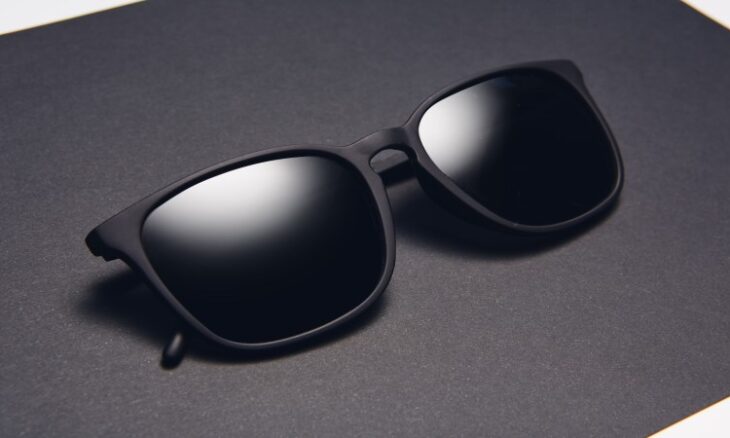Meta’s Ray-Ban Glasses Bring Neural Control to Life
Meta has unveiled its latest smart eyewear, the Ray-Ban Display glasses, a device that bridges futuristic neural technology with the timeless look of classic Ray-Bans. Designed to feel familiar while delivering cutting-edge capabilities, the product signals a significant leap in wearable innovation, where fashion meets function in seamless form.
The Ray-Ban Display glasses introduce a subtle built-in display and neural input system that lets users interact with technology in more natural ways. Despite their sophistication, the glasses maintain a minimalist, recognisable design that blends into daily life rather than standing out as a gadget. This deliberate choice suggests Meta’s intention to make advanced technology feel approachable and stylish rather than experimental or niche.
In terms of battery performance, the eyewear provides up to six hours of mixed usage and roughly 30 hours when paired with its charging case. However, the figure depends heavily on how the glasses are used. Demanding activities such as continuous video recording, extended use of artificial intelligence tools, or prolonged display engagement can reduce battery longevity. The experience, therefore, suits short, purposeful interactions rather than extended sessions.
The display itself remains modest. While it delivers quick, clear visuals for essential information, it does not compete with the immersive experience of VR headsets or cinematic displays. Its monocular design and narrow field of view are intentional, optimised for short glances and lightweight engagement rather than entertainment or extended reading. This limitation helps preserve focus on functionality and energy efficiency.
Meta has prioritised practicality over spectacle. Instead of aiming to replace smartphones, the glasses act as a convenient notification layer, something users can rely on for fast access to key data or context-sensitive prompts. By keeping expectations realistic, Meta aligns the device with current technological maturity while setting the stage for future progress.
The company’s strategy also reflects a broader ambition: shaping the next chapter of augmented reality (AR). The Ray-Ban Display glasses serve not only as a consumer product but as a public testbed for neural input and AI integration in wearable devices. These early iterations often define how industries evolve, with user feedback influencing refinements in both design and capability.
Competitors are already responding, developing their own waveguide-based display systems. These rely on intricate optical patterns that channel light from a tiny projector through flat lenses, creating images visible directly on the glass surface. Meta’s unique addition, the Neural Band and its AI-driven interpretation layer, could set the foundation for how humans interact with future wearables through thought or minimal gestures.
Early adoption is expected within professional environments. Fields such as healthcare, manufacturing, and emergency response may be the first to explore the benefits. Surgeons could consult patient records hands-free, factory workers might receive real-time safety alerts, and paramedics could access digital overlays showing medical data mid-response. Educational use cases are equally promising, offering students interactive, context-rich learning experiences.
While today’s model has clear boundaries, it points to a near future shaped by smaller optics, more efficient batteries, and advanced neural models. These improvements could transform smart glasses from a novelty into an everyday necessity. Should progress stall, however, they may remain specialised tools for professionals rather than mass-market accessories.
Even so, this release represents a step forward. Despite modest specifications and limited endurance, Meta’s design achieves what many before it have failed to: true wearability. The glasses feel natural enough for everyday use, a crucial step toward broader acceptance. In essence, Meta’s latest creation may not yet redefine technology, but it redefines how comfortably technology fits into human life.










